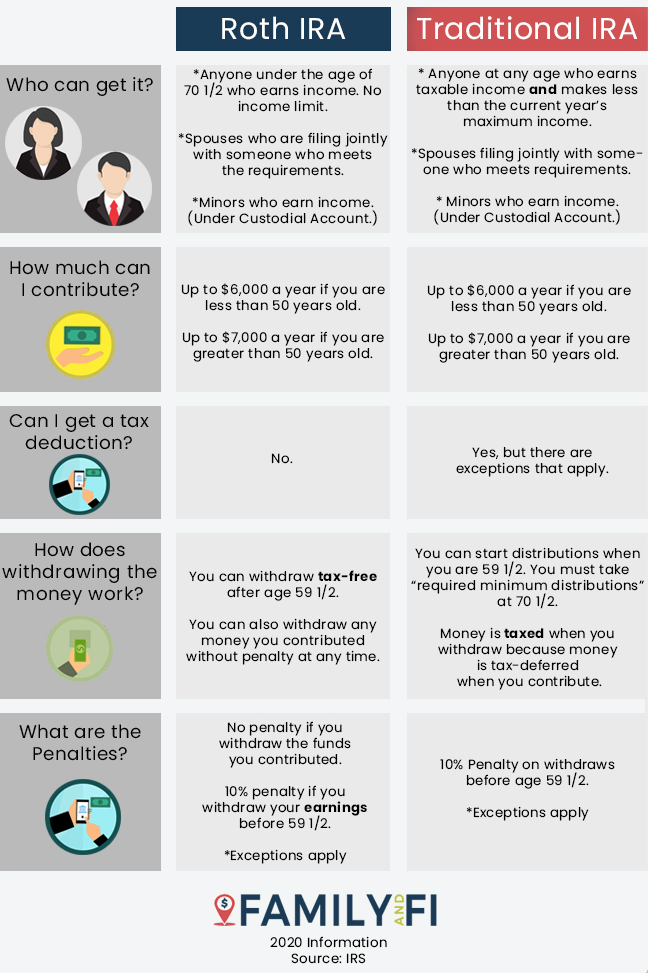Whether retirees withdraw funds from a private retirement account like a 401(k) or a Roth IRA, or receive social security benefits, or bot, the income caps for taxes are the same.
To determine whether or not one will need to pay taxes, a retiree will need to calculate their combined total income. In most cases, according to the Social Security Administration, those who may under $25,000 a year, will not see their social security benefits taxed.
Your Social Security Number and name listed on your tax return should appear exactly as printed on your Social Security card. Avoid this common tax error that could delay #IRS processing of your tax return. https://t.co/3uU16CfYuC pic.twitter.com/myX5V4RsQA
— IRSnews (@IRSnews) January 30, 2022
As one increases along the combined income later, various rates rates on the benefits begin to kick in. For example, anyone with a combined income between $25,000 and $34,000 ($32,000 to $44,000 for married couples) could see up to fifty percent of their benefits taxed. At the highest end of the spectrum, those who earn more than $34,000 ($44,000 for married couples), could see as high as eight-five percent of their social security checks taxed.
Each year in January, the Social Security Administration will send a Social Security Benefit Statement (Form SSA-1099). This letter contains all information related to the benefit among of each worker ove the course of the year. The form can also be used by social security members when they file their taxes to see if they owe any money this year.
Depending on the type of retirement account one holds (i.e. Roth IRA or 401(k), taxes are levied either as the money is put into the account or when it is taken out. If you opt for a 401(k).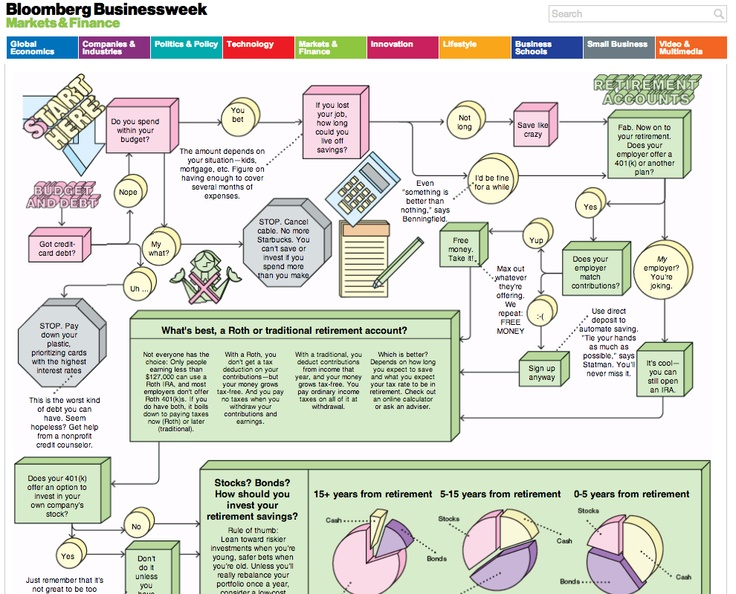 you will need to pay taxes as you withdrawal the funds.
you will need to pay taxes as you withdrawal the funds.
The 401(k) began to gain popularity after it was established in the 1980s. Many see private retirement accounts as a way the private sector was able to evade investing in more robust pension programs by placing the responsibility on the worker to save.
Funds that are withdrawn from these accounts are also considered when the federal government determines whether or not your social security benefits will be taxed. In 2020, almost half of workers -- 48 percent -- had access to a pension or private fund. This is concerning as the Social Security Administration estimates that "By 2035, the number of Americans 65 and older will increase from approximately 56 million today to over 78 million."
Personal Finance
Content provided by Credible, which is majority owned by Fox Corporation. Credible is solely responsible for this content and the services it provides.
Credible is solely responsible for this content and the services it provides.
Our goal here at Credible Operations, Inc., NMLS Number 1681276, referred to as "Credible" below, is to give you the tools and confidence you need to improve your finances. Although we do promote products from our partner lenders who compensate us for our services, all opinions are our own.
Dear Credible Money Coach,
I turned 66 in September 2020, and applied for my Social Security benefits. I understand that you have to pay taxes on money earned. I am still working. How does this work? What are the rules and tax laws that apply to someone in my position? Is there a limit on what you can earn that you don't pay tax on? Will there be a time that you can earn as much as you can or want and your earned income won't be taxed? — Ralph
Hi Ralph, and a belated happy birthday! Thanks for your great question. Social Security and income taxes are each complicated topics.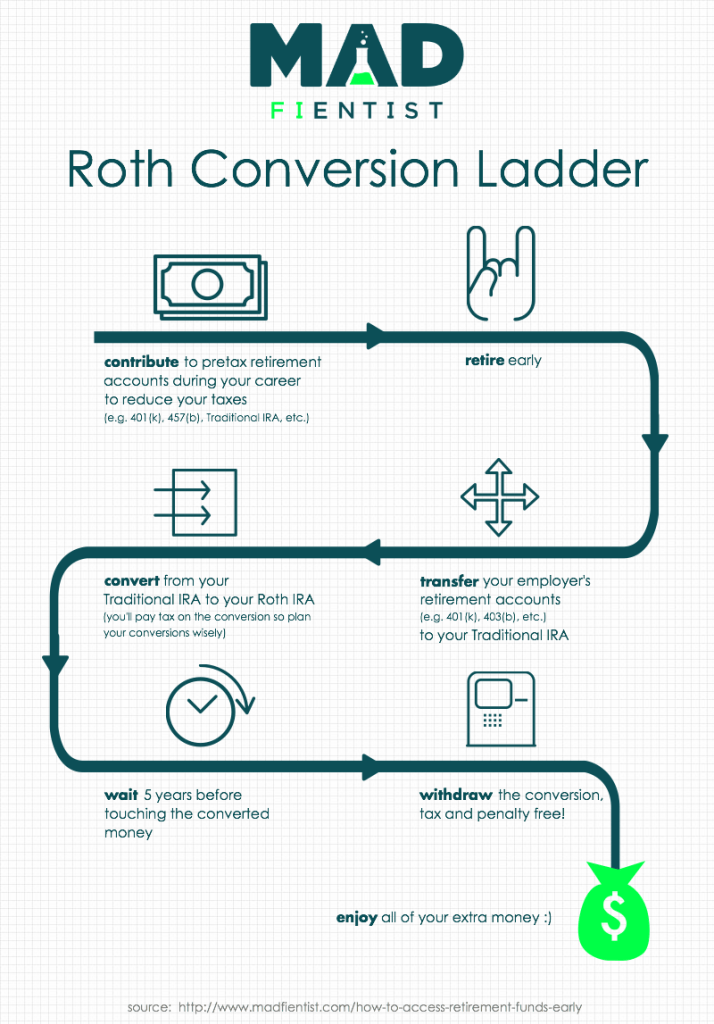 Consider them together, and it’s not surprising that a 2018 survey by the Nationwide Retirement Institute found that 37% of retirees hadn’t factored taxes into their retirement planning.
Consider them together, and it’s not surprising that a 2018 survey by the Nationwide Retirement Institute found that 37% of retirees hadn’t factored taxes into their retirement planning.
Let’s break your questions down, starting with the last one first because it’s easiest to answer. It’s unlikely there will ever come a time when retired people will be able to earn as much as they want and never pay any federal income tax on it. That said, the federal tax code is intentionally written to lessen the tax burden on senior citizens in many ways.
Let’s look at how your earned income can affect taxation of your Social Security benefits.
What to know about your non-Social Security incomeIdeally, when you retire you don’t want Social Security to be your only source of income — largely because even the highest possible monthly benefit amount won’t be enough to cover all your expenses. Most other types of income you’ll have when you’re retired can be subject to federal income tax, and possibly state income tax if you live in a state that has an individual income tax (most do).
Other types of taxable income you may have in retirement include:
All your income combined, including the amount you get from Social Security, will determine if you have to pay federal income tax on your benefits — and, if so, how much of your benefits will be subject to taxation.
How your combined income affects tax on your Social Security benefitsTo determine what portion of your Social Security benefits may be subject to federal income tax, add up all your other sources of income — wages, interest, dividends, etc. — and add that to one half of your benefits. Then, compare that combined income total to a base amount the IRS sets for each filing status.
If your combined income is equal to or less than your base amount, you won’t have to pay federal income tax on any of your Social Security benefits.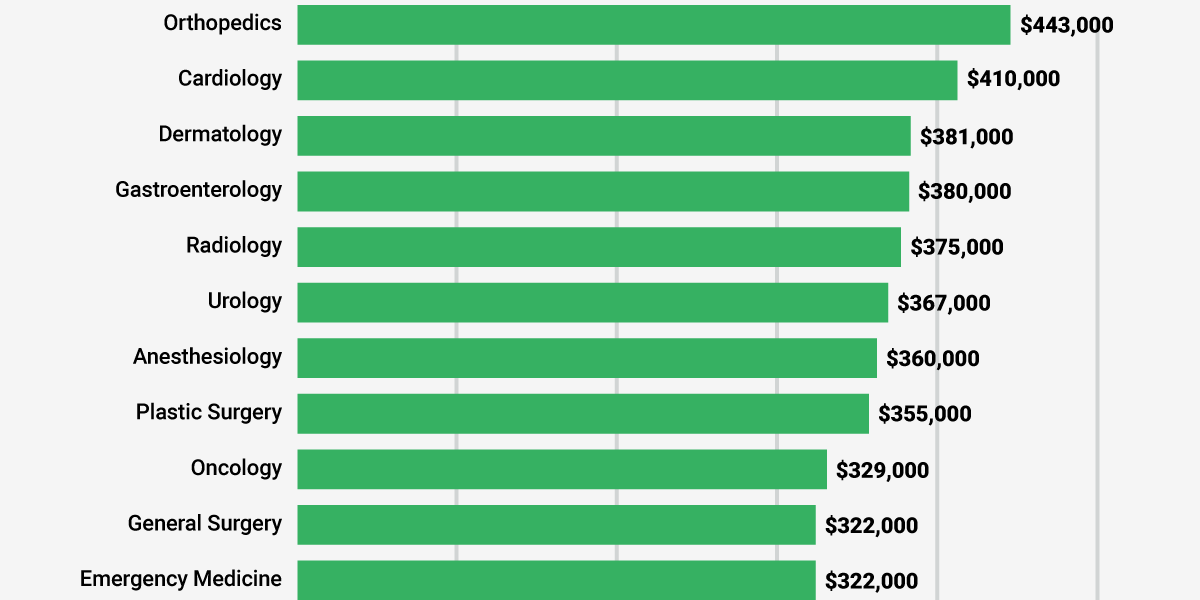 If your combined income total is more than your base amount, you may have to pay tax on some of your benefits.
If your combined income total is more than your base amount, you may have to pay tax on some of your benefits.
For 2020, the base amounts were:
Keep in mind, those base amounts could change for 2021 taxes.
So how much tax might you have to pay?If a portion of your Social Security benefits turns out to be taxable, you’ll have to pay federal income tax on either 50% or 85% of your total benefits. Which percentage applies to you will depend on how much your total combined income exceeds your base amount.
Here’s an example of how this could work:
The IRS has resources to help seniors navigate how federal income tax could apply to their Social Security benefits. Check out IRS Publication 915 and Publication 554: Tax Guide for Seniors.
Check out IRS Publication 915 and Publication 554: Tax Guide for Seniors.
And of course, your earned income may also be subject to taxes, so it may be a good idea to consult a tax professional if you have any questions about your personal tax situation.
Need Credible® advice for a money-related question? Email our Credible Money Coaches at [email protected]. A Money Coach could answer your question in an upcoming column.
This article is intended for general informational and entertainment purposes. Use of this website does not create a professional-client relationship. Any information found on or derived from this website should not be a substitute for and cannot be relied upon as legal, tax, real estate, financial, risk management, or other professional advice. If you require any such advice, please consult with a licensed or knowledgeable professional before taking any action.
About the author:
Dan Roccato is a clinical professor of finance at University of San Diego School of Business, Credible Money Coach personal finance expert, a published author, and entrepreneur. He held leadership roles with Merrill Lynch and Morgan Stanley. He’s a noted expert in personal finance, global securities services and corporate stock options. You can find him on LinkedIn.
He held leadership roles with Merrill Lynch and Morgan Stanley. He’s a noted expert in personal finance, global securities services and corporate stock options. You can find him on LinkedIn.
Taxes in Austria are paid by all tax residents of the country. That is, those who live in the country for more than 183 days a year or who have a place of residence in Austria - for example, a rented apartment. Holders of residence permit and permanent residence cards are automatically considered tax residents of Austria.
Austria has a Eurocontinental taxation model. This means that most of the taxes of Austrians go to social insurance - medicine, pension payments, unemployment benefits and other social needs.
Income tax in Austria is subject to:
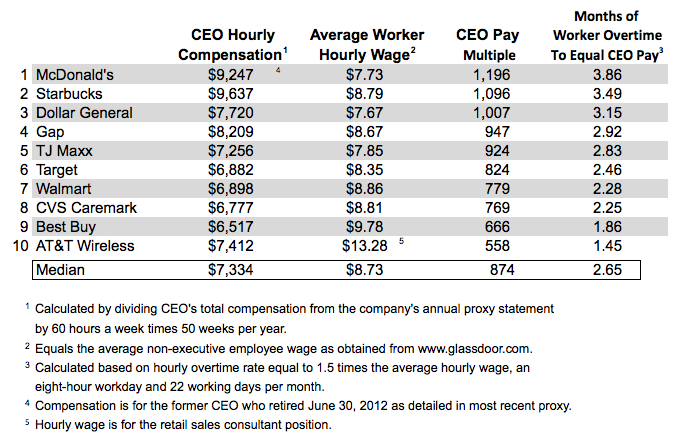
In Austria, as in all developed European countries, a system of progressive taxation has been adopted: the higher the income, the higher the tax.
Up to 55%
personal income tax rate for tax residents of Austria
Income tax of employees is withheld and paid by the employer. In the case of several sources of income, you must independently file a tax return, indicating all sources of income.
| annual income | Tax rate | ||
| to 11 000 € | |||
| from 18 001 to 31 000 € | 35% | ||
| from 31 001 to 60 000 € | |||
| to 90,000 € | 48% 9005% 9005% 9005%0044 | from 90 001 to 1,000,000 € | 50% |
| from 1,000,000 € | 55% |
Some payments in Austria are still not taxed - child care, pensions for children's care, pensions for children disability, tips.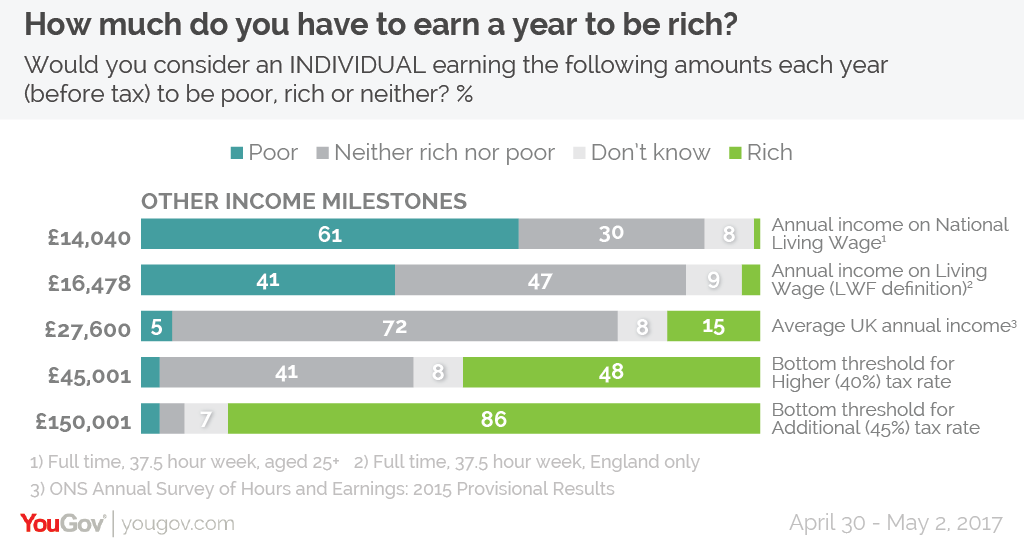
Social contributions in Austria are divided between the employee - 18.12% and the employer - 21.23%. They cover sickness, accident, unemployment and retirement expenses.
| Type of deductions | from the employee | from the employer | |
| 🏥 for healthcare | 977% 9,87% 3,87% 3,87% 3,87% 65%|||
| 😔 In case of loss of work | 3% | 3% | 6% |
| 👵 for pension | 10.25% | %22.8% | %|
| 🧑🦽 from accidents | 0% | 1.2% | 1.2% |
| 🪙 Other | 1% | 0.7% | 1.7% |
| Total | 18,12% | 21.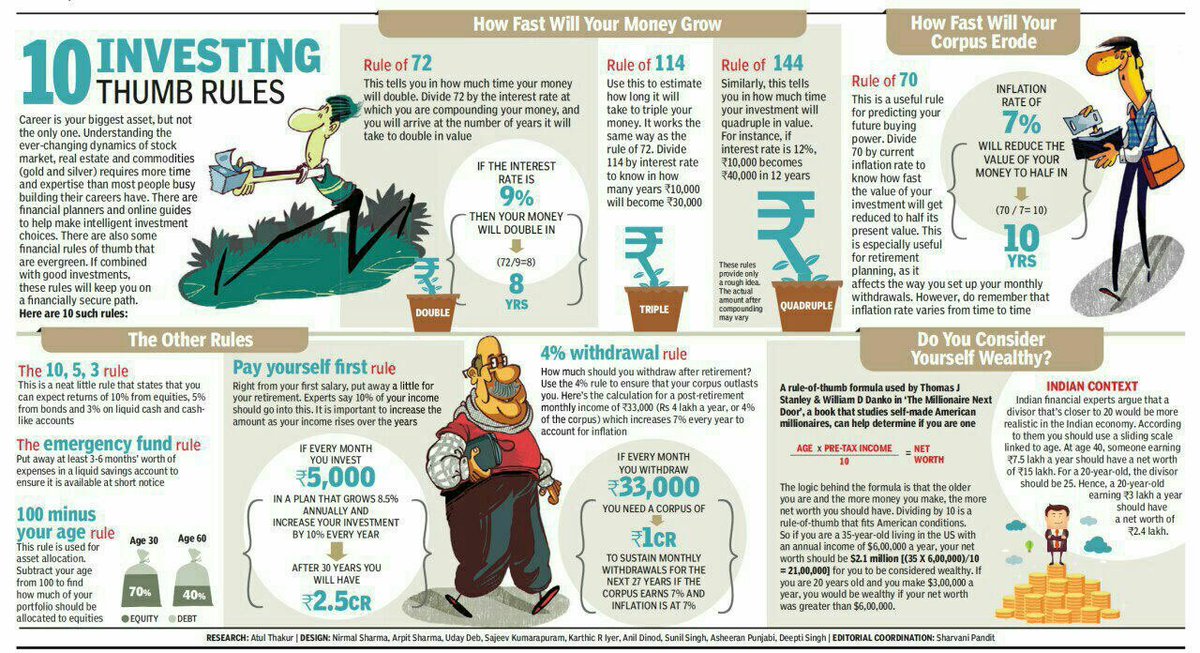 23% 23% | 39.35% |
In Austria, not 12, but 14 salaries per year are received. The 13th salary is paid for summer vacation, and the 14th for Christmas holidays. Additional salaries are not subject to income tax, but social insurance payments are withheld from them.
| annual income | Wage | SOURITION TALISHING per month | 9000 000 000 € | 2071 € | 354 € | 155 € | |||||||||||||||||||||||||||||||||||||||||||||||||||||
| 36 000 € | 2571 € | 465 € | 291 € |
| Vehicle | Per year | for two months | for 10 days | ||||||
| 🏍️ Motorcycles | 37.7 € | € | 5.5 € | ||||||
| 🚗 Cereal vehicles and vehicles in a weight of up to 3, heavy vehicles up to 3. 5 tons | 92.5 € | 27,8 was not received as a gift.
What other taxes do individuals in Austria pay Church tax - 1.1% of income - is paid by all parishioners of the Catholic Church. This money goes to the salaries of priests, the publication of church books, and charity. Tourist tax is a tax on overnight stays in hotels or campsites. Each federal state sets its own amount, and children under 15 are exempt from paying it. Dog tax is paid by all dog owners, but each federal state of Austria sets its own amount. Television and radio tax in Austria is paid by everyone who has a working TV or radio at home. Each federal state sets its own tax rate. | 25.63 € | 307.56 € | |||||
| Styria | 26.73 € | 320,76 € | |||||||
| 312.36 € | 312.36 & Tyrol | 24.63 € | 295.56 € | ||||||
| FORARLBERG | 20.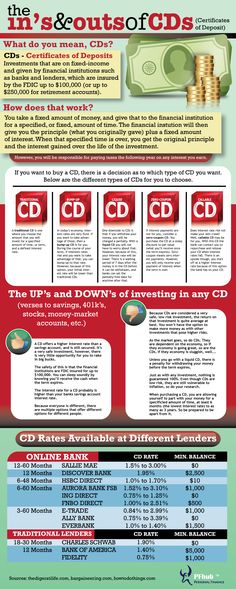 93 € 93 € | 251.16 € |
Tax taxes are not returned to taxes they reduce his income tax and thus lighten his tax burden. Austrian tax legislation distinguishes the following categories of deductions:
| deduction | Size |
| Transport benefit for travel costs to work | 400 € |
| increased transport benefit, if an income is not more year | Up to €690 per year |
| Pension benefit, if the pension is not more than €17,000 per year | Up to €600 per year |
| Family Bonus Plus8 for children up to age 1 Family10048 | 125 € per month |
| Family benefit Family Bonus Plus for children older than 18 years old | 41.68 € per month |
| benefits for lone parents | 494 € per year, if one child has one child |
| Benefit for maintenance payers | €29.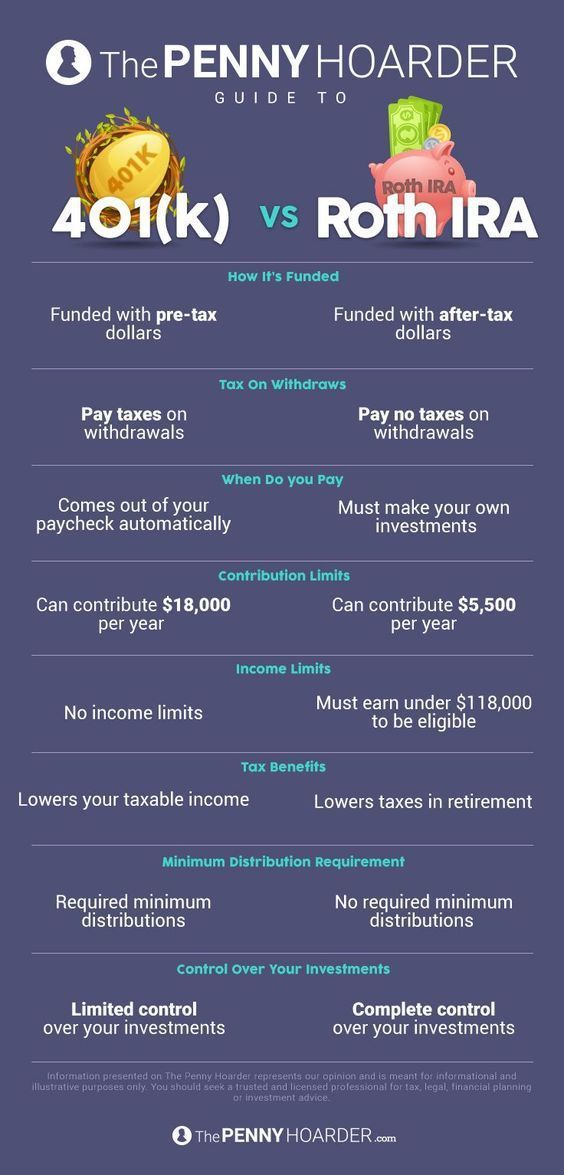 2 per month for the first child, 2 per month for the first child, €43.8 for the second, €58.4 for the third and subsequent |
| Benefit for families with many children up to €55,000 per year | 20 € per month for the third and each subsequent child |
Taxes are paid by all companies that are tax residents of the country, that is, those that operate in Austria or are managed from Austria. If a company is not an Austrian tax resident, then it pays tax only on profits earned in Austria.
Residence permit in Austria through opening a business
The most common forms of companies in Austria:
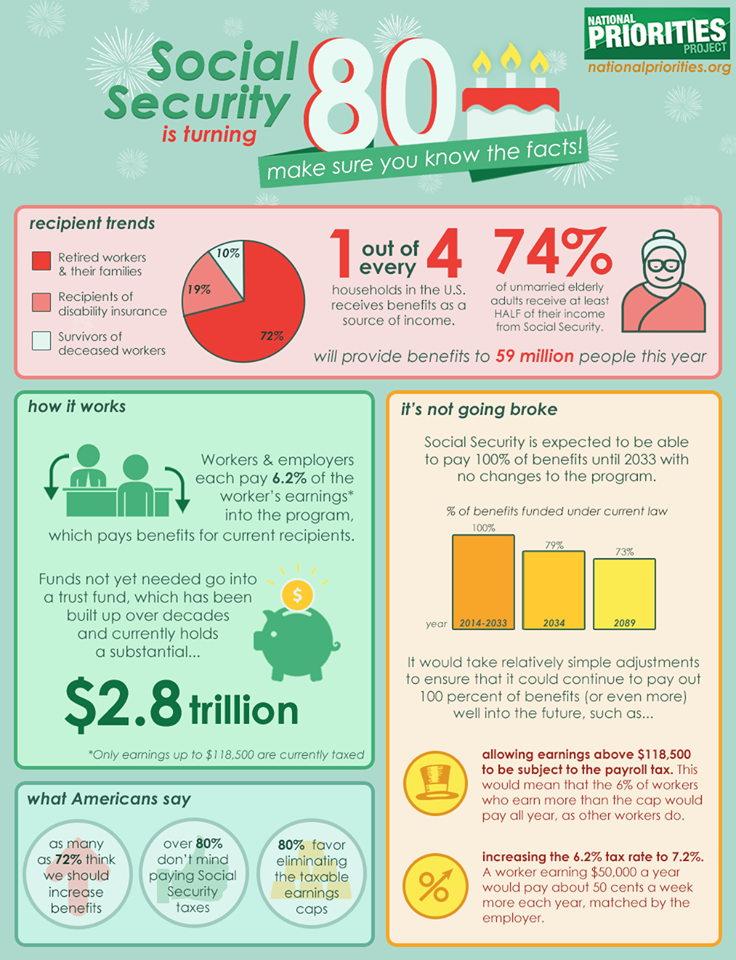 The minimum share capital is €120,000.
The minimum share capital is €120,000. By law, at least half of the authorized capital must be contributed at the time of the company's incorporation.
Corporate tax - 25%. Unlike income tax, it is levied not on a progressive scale, but at a standard rate.
25%
corporate tax rate
Minimum corporate tax - 5%. It is paid by GmbH (LLC) and AG (JSC) when they do not receive income. The tax rate is tied to the authorized capital of a legal entity.
| Legal entity form | 35% |
| from 31 001 to 60 000 € | 42% |
| from 60 000 € | 48% |
| of 90 001 to 1,000,000 € 9004 50% € | 50% |
| From €1,000,000 | 55% |
What taxes do individuals pay in Austria?
Income tax, car tax, dog tax, television and radio tax, real estate purchase, and social security contributions.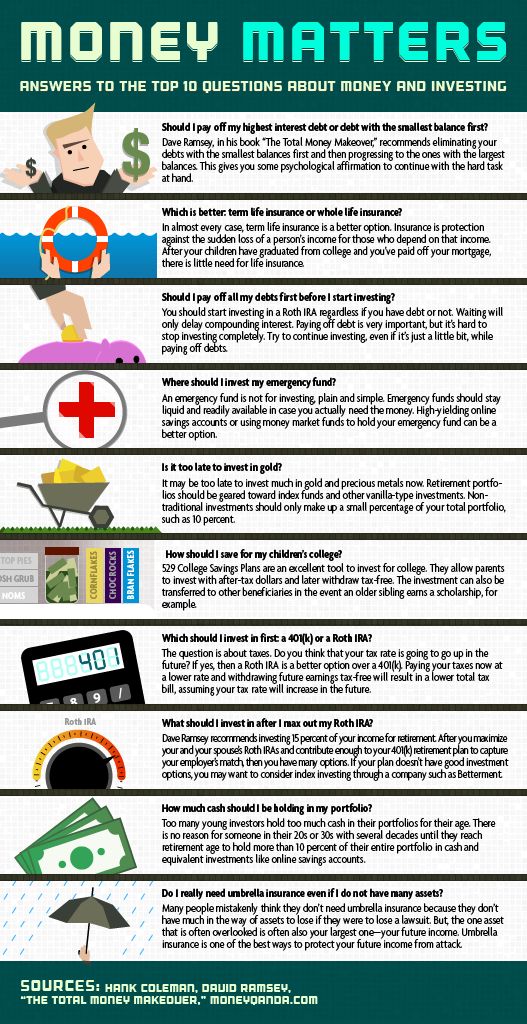 Most taxes are levied at a fixed rate, while personal income tax is levied on a progressive scale from 0 to 55%.
Most taxes are levied at a fixed rate, while personal income tax is levied on a progressive scale from 0 to 55%.
Which companies receive Austrian tax residency status?
All companies operating in Austria or managed from Austria. Non-resident companies pay tax only on profits earned in Austria.
What taxes do legal entities in Austria pay?
Corporate tax at the rate of 25%. If the company has no profit, a preferential tax regime is applied: for LLC - 1750 € per year, for JSC - 3500 €.
Companies also pay VAT, in some cases stamp duty and digital services tax.
Within the framework of the joint project of VoxCheck and Ukrainian Radio “Percent of Truth”, we figured out where the state money comes from and why we pay for everything, even for the so-called “free”. At the end of the article there is a selection of useful sources about tax rates in Ukraine and ways of using taxes on the income of Ukrainians.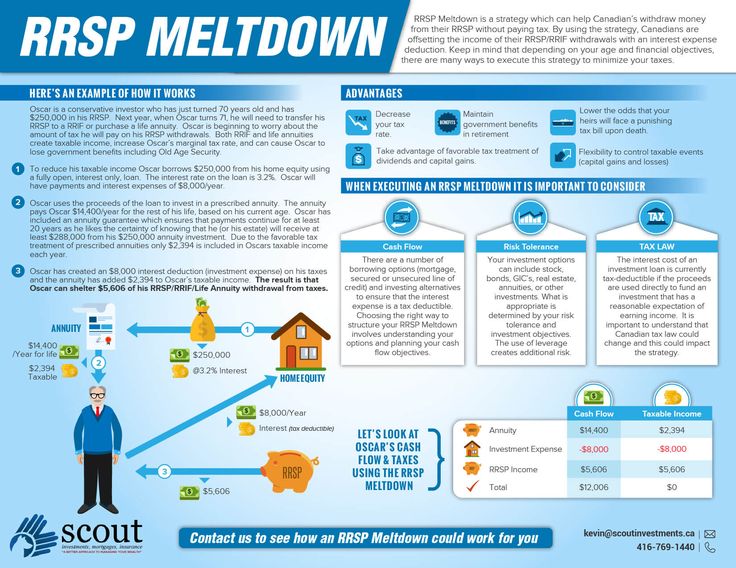
Disclaimer: This material was produced with the support of the American people through the USAID Media Program in Ukraine project run by the international organization Internews. The content is the sole responsibility of VoxUkraine and does not necessarily represent the views of USAID, the US government, or Internews.
Free transportation, free utilities, plus high salaries. The requirements of people have not changed for decades. It is understandable why then the state, if you need to pay for everything. And free medicine is generally spelled out in the Constitution.
According to CASE Ukraine, more than 90% of Ukrainians have never paid taxes themselves. That is why they hardly suspect or do not fully understand that the filling of the state budget has a clear source - their own taxes.
Most employees know that there is some kind of accrual on their salary.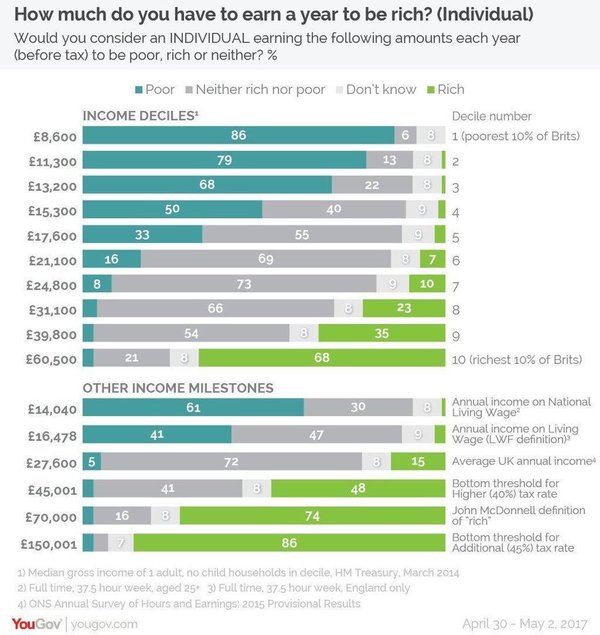 But in fact, they are more interested in the “net” salary (i.e., after taxation), and what and how much to pay is already up to the employer. Moreover, some cannot even clearly say whether taxes are paid on his income at all, or whether this is a “gray” salary.
But in fact, they are more interested in the “net” salary (i.e., after taxation), and what and how much to pay is already up to the employer. Moreover, some cannot even clearly say whether taxes are paid on his income at all, or whether this is a “gray” salary.
The entire system of public finances is based on small contributions from millions of Ukrainians. This money maintains a huge state apparatus, pays for government purchases and pays the bills for all social obligations.
It is taxes that finance the so-called “free” healthcare, low utility bills, pensions, free education and scholarships, public sector salaries, and so on. So, if you simply increase spending on these areas, then money can only be taken from the pockets of Ukrainians.
It is conditionally possible to distinguish three groups of income from which Ukrainians pay direct taxes.
The first group is the taxes that the employer transfers to the budget from wages. These include:
These include:
The second group is taxes from individual entrepreneurs (FOP). They pay a single tax (EN) and ERUs independently, depending on the characteristics of their activities, as well as personal income tax and military tax, subject to a general taxation system.
The third group is taxes on passive income: bank interest, royalties, and so on. Of these, a tax of 18% is paid (similarly to personal income tax).
According to CASE Ukraine estimates, about a quarter of the money that an employee received on hand, regardless of whether the income is legal or “in an envelope”, is also collected by the state in the form of taxes on consumption, or indirect taxes .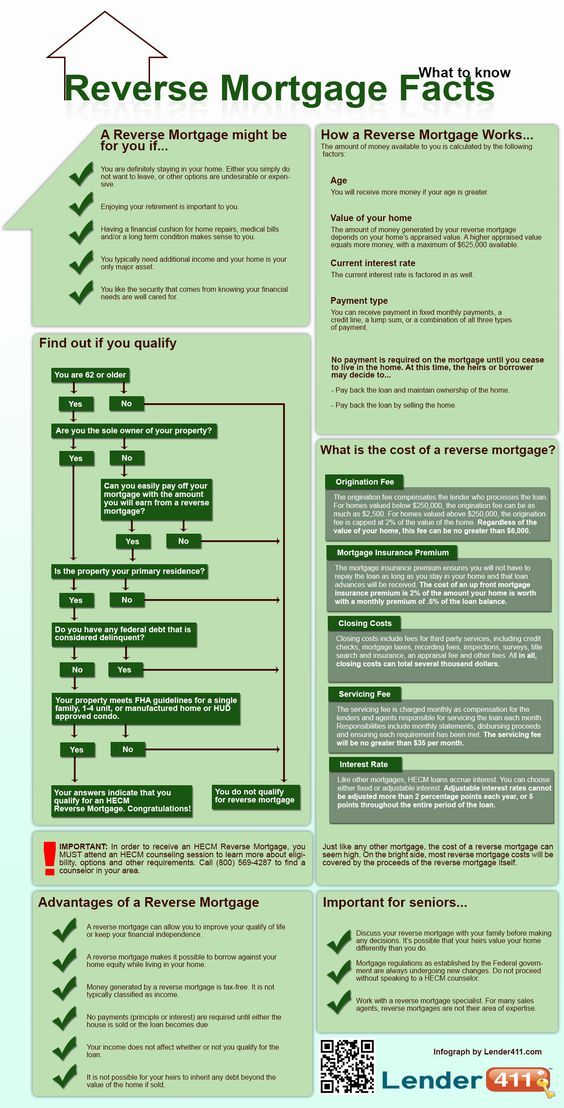
Every time we buy something in a store or receive a service (including paying for utilities), we pay 20% of the cost of the goods in the form of value added tax (VAT). By the way, for the first time VAT was introduced in Ukraine in 1991.
Tobacco and alcoholic products and fuel are also subject to excise duty, and imported goods are subject to import duty.
Simply put, even if a citizen does not pay direct taxes on his income, he is still a "sponsor" of the Ukrainian state.
This is a common myth that was launched by not very attentive media and pseudo-experts.
In Ukraine, personal income tax (PIT) is relatively low - 18%. While in European countries and in the United States the upper limit of this tax reaches 50%. There are countries where the tax rate is even higher - for example, France.
By the way, among Ukrainian politicians this issue was correctly commented by the former head of the State Fiscal Service Roman Nasirov and the deputy of the 8th convocation from the Samopomich party Tatyana Ostrikova.
True
“If we look at how much value added tax is collected in European countries… Considering that they have a practice of using reduced rates with VAT in accordance with EU Directive 112 and they have preferential rates… That will be on average the EU indicator is 7% VAT is collected (of GDP – ed.)”
Tatyana Ostrikova, 09/21/2016
In European countries, there are indeed quite flexible preferential rates, and the average value of the share of VAT in GDP is about 7 % both in Europe and worldwide.
Pravda
“…when comparing European and Ukrainian tax rates, ours are quite low.”
Roman Nasirov, 30/11/2016
According to PWC research, in Ukraine the total tax burden is 51.9%, while the average for the EU and the European Free Trade Association is 40.3%. But this study does not take into account the decrease in the ERUs rate in Ukraine in 2016 to 22%, which is actually twice. That is, Nasirov is right, now the total tax burden in Ukraine is below the European average.
But Yulia Tymoshenko, on the contrary, lied several times and manipulated on the subject of VAT. The most striking example is during the presentation of her New Economic Deal.
Not true
“Therefore, I would also like to reveal to you some information that you can also open and read in open sources: more than 50 countries of the world do not have VAT. They live, work successfully, perfectly, without any problems.”
Yulia Timoshenko, 21/09/18 (1:58:11 - 1:59:15)
Ukraine really pays a lot of indirect taxes. Value added tax is imposed on a wider range of goods than in European countries. There is a large accrual to the payroll fund - it is paid by the employer and his employee may not even know about it, but in the end it happens at the expense of that same worker. There are excises, there are import duties, and all this together makes up about 60% of all tax revenues. The illusion of "lower taxes" is created because these fees are transferred not directly by citizens, but by their companies and businesses, which act as so-called tax agents.
Another topic for manipulation and lies is the distribution of the tax burden. For example, back in 2016, former Prosecutor General Yuriy Lutsenko greatly underestimated the number of the working population that “supports” pensioners.
False
“…the government has forgotten a simple thing: in this country there are 43 million inhabitants, 14 million pensioners, 11 million workers, of which 7 million do not pay taxes because they have three minimum wages, another million are on a simplified tax and only 3 million pay taxes, 3 million support a country of 43 million.”
Yuriy Lutsenko, 02/16/2016
42.7 million people live in Ukraine. Of these, 12.3 million are pensioners. 16.5 million people are employed. It is difficult to verify how many people receive three minimum wages, but even if the figure is correct, they actually pay taxes. There is a personal income tax exemption for those who receive less than 1.4 times the minimum wage, but in any case, a single social contribution is paid from this amount.